Training in "No Man's Land" brings mediocre results, at best
by Dr. Graham
Published: Fri, 12 Feb 2016

In terms of fitness performance, the body develops that which you ask of it.
When it comes to the number of repetitions required to perform different sports activities and abilities, great variation exists. The repetition range can vary from as low as one to as many as one million, and theoretically even higher. Along with the change in the number of repetitions comes an inherent change in the “percentage of maximum effort” that can be exerted per repetition. By changing the percentage of maximum effort, and therefore the total number of repetitions per set, we determine whether we are training to develop strength, muscular size, muscular endurance, cardio, or pure endurance.In other words, you get better at whatever you practice, a phenomenon known as the “training effect.”
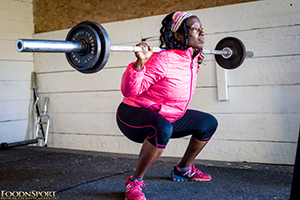
Health and Fitness Week
To become stronger, one must challenge strength.
The ultimate strength challenge is the “one rep maximum” lift. In other words, no matter what the lift – biceps curl or triceps extension, squat, bench or deadlift, Olympic lifts or whatever – the idea is to discover how much you can lift for just one repetition. If truly at or very near your maximum, you will not be able to perform a second repetition in the same set, thus the expression, one rep max.
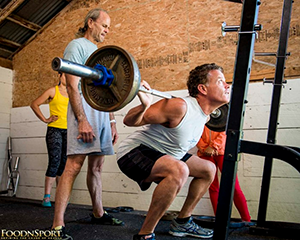
Health and Fitness Week
Training at one rep max has various pros and cons, and to enhance their training, people training for pure strength tend to stay within the one to five repetition range per set.
For muscular hypertrophy, as desired by body builders, top athletes typically train in the fifteen to thirty rep range.
They know that if they can perform more than thirty repetitions, the weight is too light, but if they cannot perform at least fifteen repetitions, the weight is too heavy for optimum results.
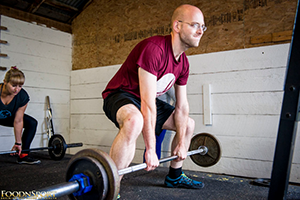
Health and Fitness Week
Body builders do not lift weights that are as heavy as those who train for strength, but they do many more repetitions. The “time under load” required for those repetitions results in the desired hypertrophy of their muscles.
Thus the strength athletes get stronger, without getting much bigger, and the body builders get bigger, without getting much stronger.
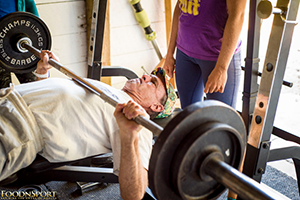
Health and Fitness Week
The typical guy or gal that goes to the gym, however, is taught to lift in the “no man’s land” of eight to twelve repetitions per set. They will get a bit stronger and a bit bigger as a result, thus perpetuating the myth that bigger equates with stronger.
If they were hoping to develop size, the relatively low repetition range would be inefficient, and the results would be unsatisfactory. If they were hoping to develop strength, the relatively high repetition range would also be inefficient, and relatively ineffective, and the results would once again be considered unsatisfactory.
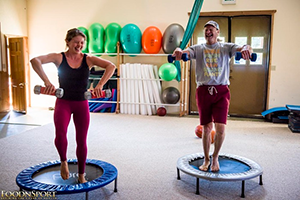
Health and Fitness Week
Train like the pros and you will get the results the pros get. Train in the “no man’s land,” inefficiently and ineffectively, and you will be relegated to perpetual mediocrity in terms of performance results.
That said, if you wish to get a little bigger and a little stronger, training in no man’s land may be just perfect for you.
Additional Resources
Articles, Blogs, and Vlogs:
- 5 Strength Training Myths by Dr. Graham
- Progress is Progress : 3 Tips to Deal with Training Plateaus by Dr. Graham
- Try Training Triceps by Dr. Graham
- How to Make Your Own Weights Barbell and Dumbell : How to Make Your Own Weights Barbell and Dumbell by Dr. Graham
- Meet the Man Behind 100 Squats a Day : Ted Carr Interviewed
- Competing at the Southeast Classic Powerlifting Competition by Dr. Graham
- Deadlift Video Review Now Available!
- More Fitness Articles
Retreats:

|

|
Self-Study Materials:
|
3 Book Combo 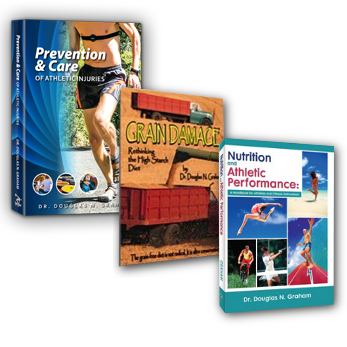
|
Membership 
|
How To Live 80/10/10 
|
